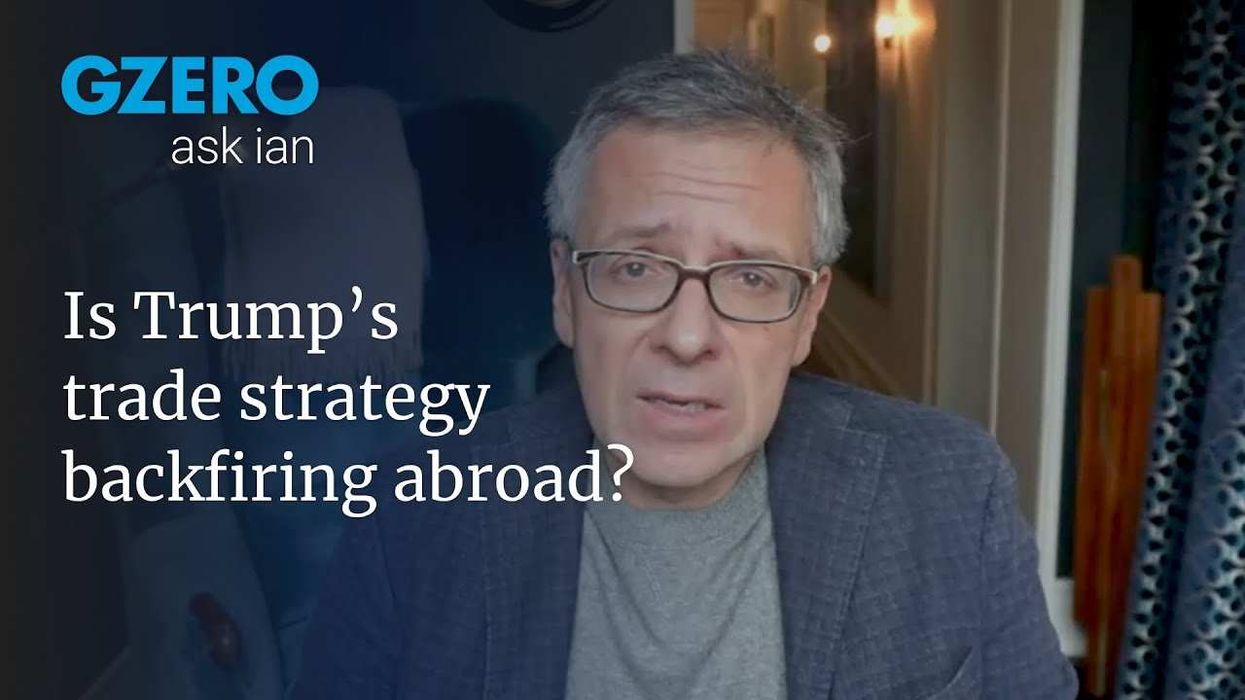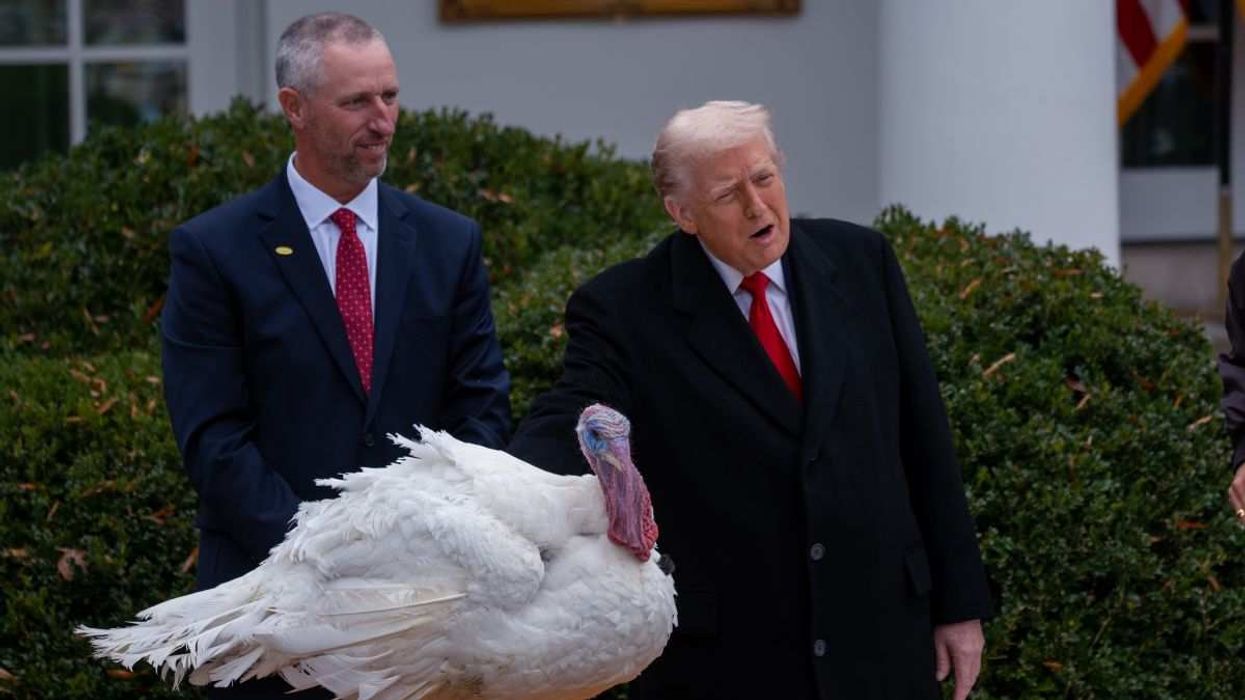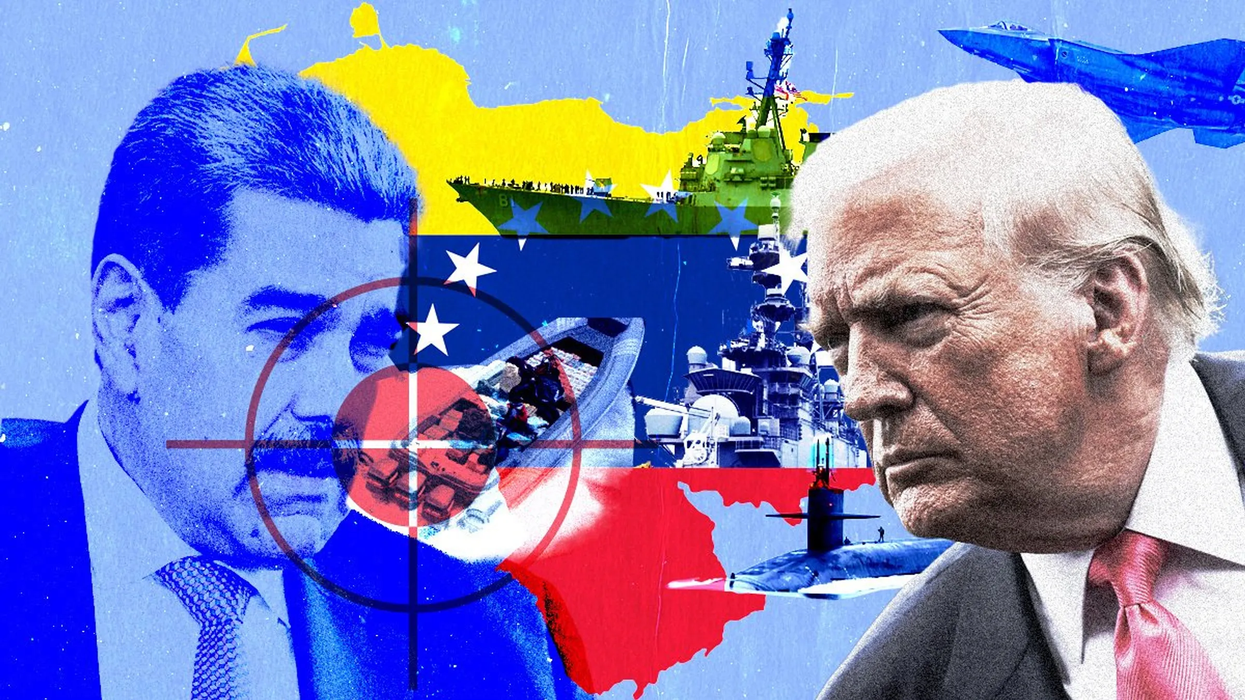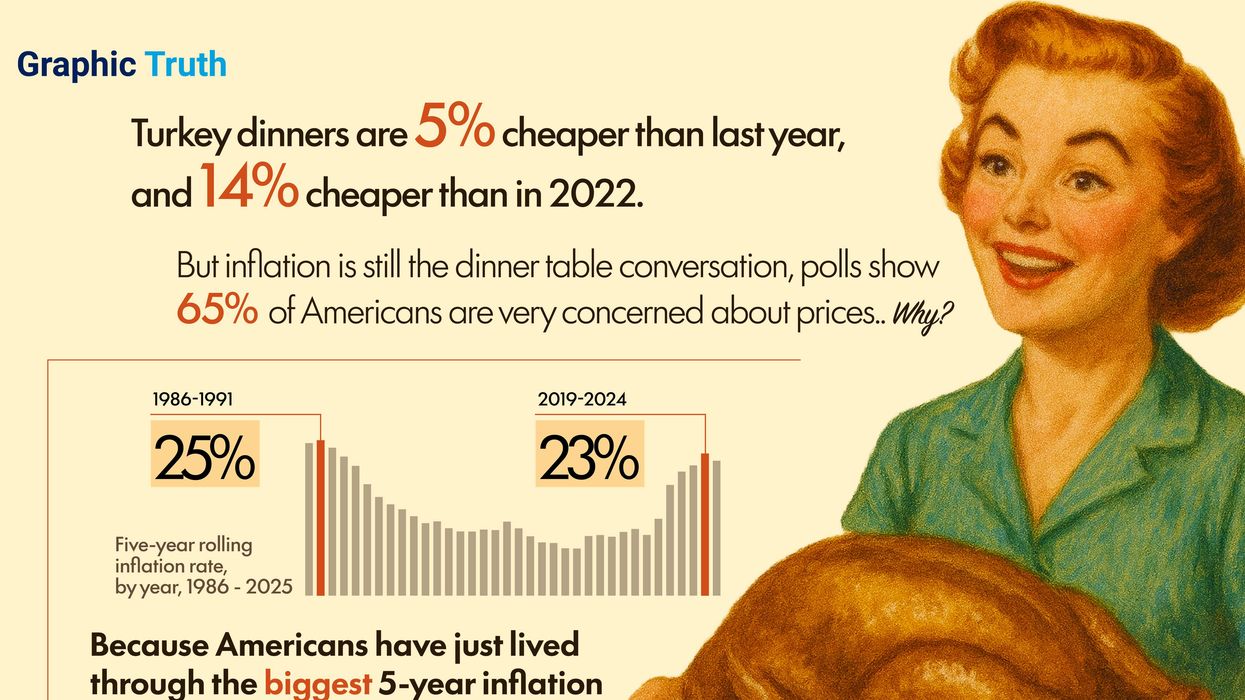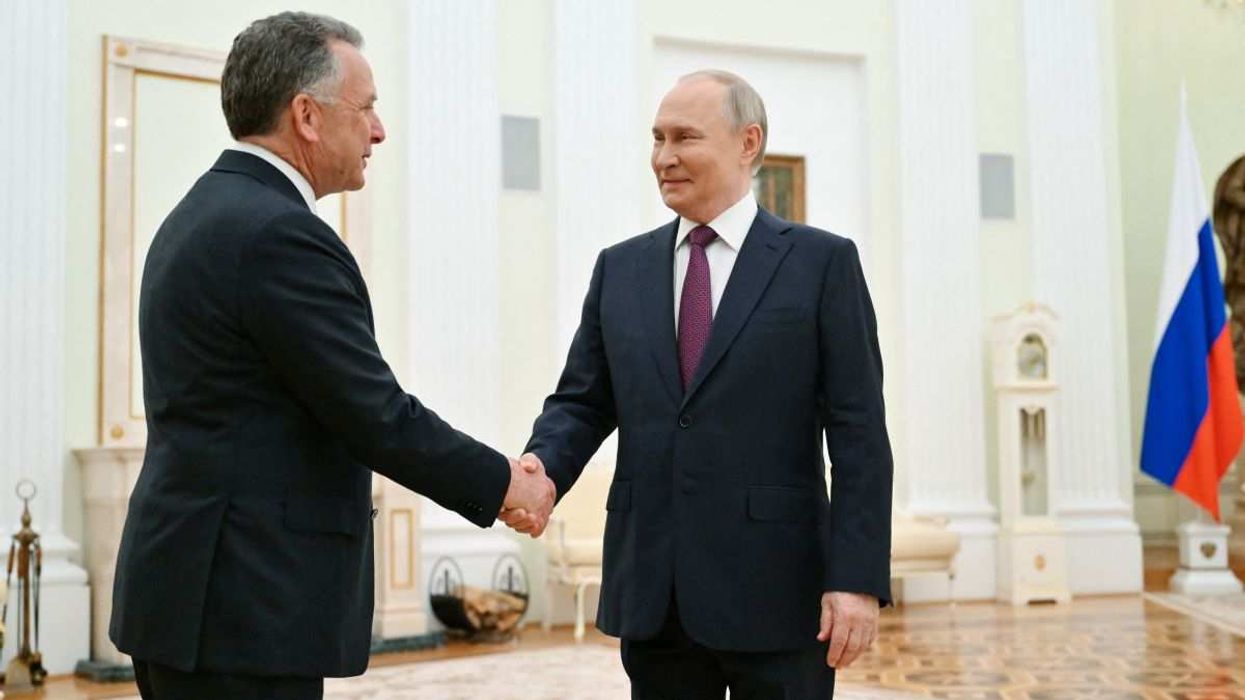US Treasury Secretary Scott Bessent and Trade Representative Jamieson Greer will meet with their Chinese counterparts in Geneva on Saturday in a bid to ease escalating trade tensions that have led to punishing tariffs of up to 145%. Ahead of the meetings, Trump said that he expects tariffs to come down.
The urgency of the meeting — coming just weeks after reciprocal tariffs took effect in April — suggests the Trump administration is eager to de-escalate as economic costs mount. China is scoping out whether Washington is really ready to negotiate, and is framing the talks as US-initiated so they can engage without appearing to be yielding to US pressure.
Trade impacts are already visible. Data from Beijing released Friday showed that China’s exports to the United States plunged 21% in April, compared to the same period last year. China also saw factory output shrink in April and is racing to secure new markets. Meanwhile American retailers warn of holiday shortages and rising prices.
Each side comes to the table with firm goals. Washington wants to shrink China’s trade surplus and curb practices it sees as unfair, including industrial subsidies, tech restrictions, and IP theft. Beijing also wants tariffs reduced — but not at the expense of overhauling its economic model.
This weekend’s discussion is expected to be exploratory, not revolutionary. Progress, Eurasia Group China expert Lauren Gloudeman says, would be if “the meeting yields any plans to meet again.”







